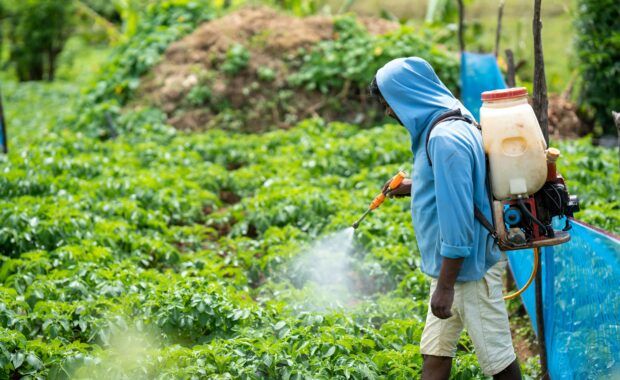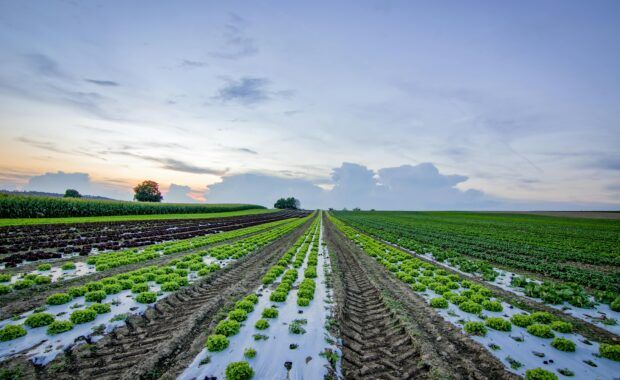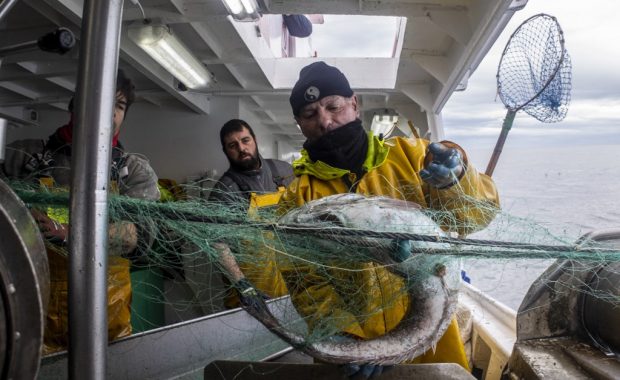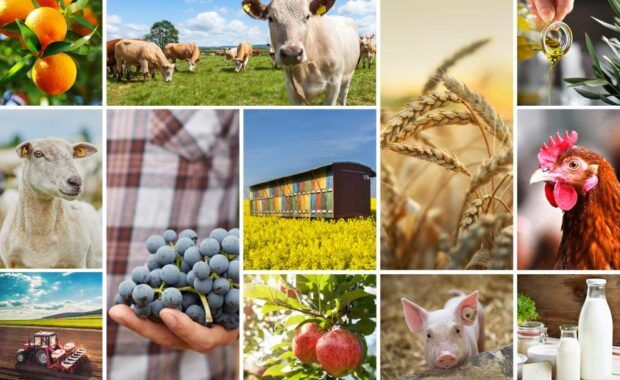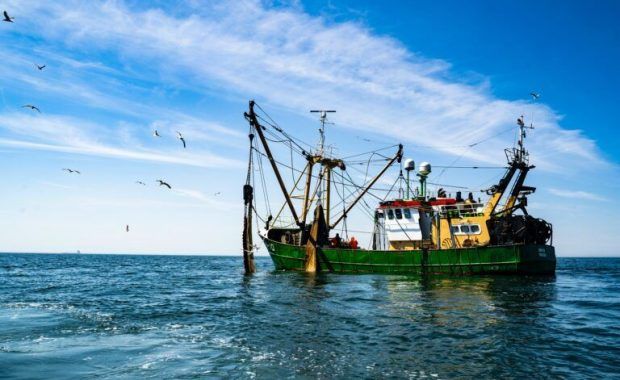Smart packaging and biodegradable films: these are two of the many solutions in the SISTERS project aimed at reducing food waste in Europe. When it started in 2021, the EU-funded SISTERS project joined the fight to reduce food waste in the European Union, where more than 59 million tonnes of food waste is generated every […]
Read MoreUse of Copernicus data helps fisheries and aquaculture sectors become more sustainable
Did you know that the path towards sustainable fisheries starts in space? “From the characterisation of fishing areas and activity to accessing environmental risks and inspecting infrastructure, Earth Observation data is a game-changing tool for sustainable fisheries and aquaculture,” says Nuno Grosso, a senior engineer at Deimos, the project coordinator. According to the EU Agency […]
Read MoreEU deforestation law: Council reconfirms its agreement to extend application timeline
Yesterday, the Council firmly reiterated its support to the proposed targeted amendment of the EU deforestation regulation, postponing its date of application by 12 months. The Council considers that this is the best way forward to ensure legal certainty for all stakeholders. It should be recalled that the proposal of the Commission needs to be […]
Read MorePlant health law: Council adopts improved rules to protect against plant pests
Today the Council has adopted a targeted revision of the EU plant health law, which improves the way the EU fights plant pests, ensures that the plants that enter the EU are safe, and simplifies procedures. Main elements One of the ways in which the revision improves the existing framework and better protects the health […]
Read MoreImproving Europe’s precision agriculture with AI
Through a combination of innovative technologies, researchers are empowering Europe’s farmers and making agriculture more efficient and sustainable. Artificial intelligence (AI) has a vast untapped potential in precision agriculture. Aided by remote sensing, Earth Observation (EO) systems, aerial surveys and innovative sensors, precision agriculture can better redistribute and save valuable resources and increase productivity – […]
Read MoreCommission proposes fishing opportunities for 2025
Today, the Commission published its proposal to set catch limits, or total allowable catches (TACs), for ten fish stocks in the EU waters in the Atlantic Ocean, Kattegat, and Skagerrak for 2025. The proposal is based on scientific advice and covers fish stocks managed solely by the EU in those sea basins. Following the available scientific advice from the International Council for the […]
Read MoreThe Commission grants a new Protected Geographical Indication (PGI) to chistorra de Navarra (chistorra from Navarra)
The Commission has granted Protected Geographical Indication (PGI) status to the Spanish meat product “Chistorra de Navarra, Txistorra de Navarra, Nafarroako Txistorra”. Chistorra de Navarra/Txistorra de Navarra/Nafarroako Txistorra’ is a meat product made from pork and pork fat, minced and seasoned with salt, paprika and garlic, kneaded, stuffed into casings and subjected to a short […]
Read MoreEU agricultural markets return to stability
EU agricultural markets are showing positive signs of stabilisation, according to the Autumn 2024 edition of the report on the short-term outlook for EU agricultural markets, published today by the Commission. According to the report, these positive trends are mainly due to the fact that input costs have steadily declined in recent months, as food […]
Read MoreEU Court of Justice annuls 2019 EU-Morocco fisheries agreements
The consent of the people of Western Sahara to the implementation, in that non-self-governing territory, of the 2019 EU-Morocco trade agreements regarding fisheries and agricultural products is a condition for the validity of the decisions by which the Council approved those agreements on behalf of the European Union. It is true that a consultation process […]
Read More



